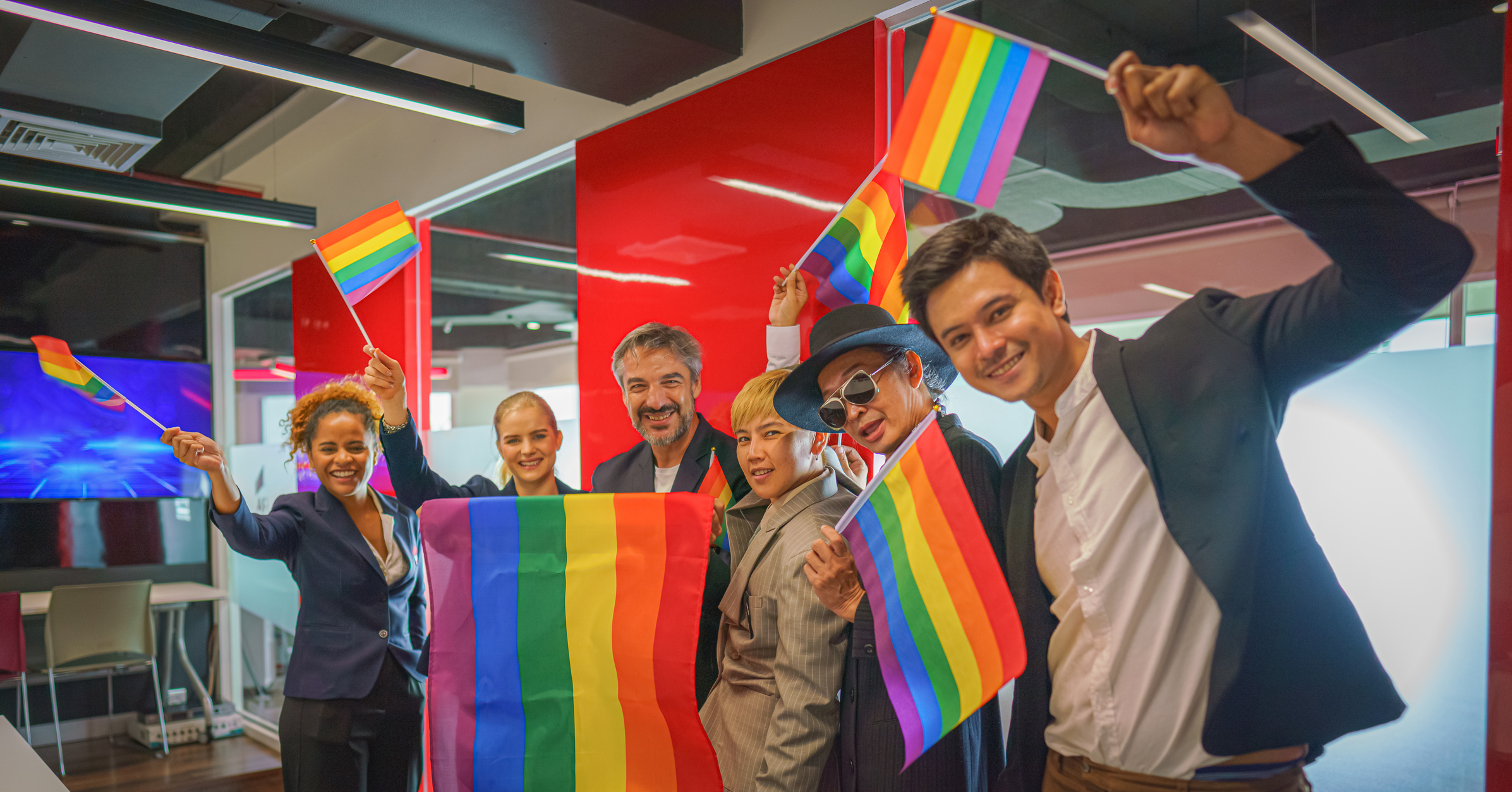Ten years ago, I winced as I sat in the audience and heard the CEO get up and talk about “BLT”. That really did happen. In the UK, that acronym stands for a bacon, lettuce and tomato sandwich.
Things have moved forward, and today most CEOs are adept at the acronym LGBT+ and the language and understand the basics of supporting employees who might identify as lesbian, gay, bisexual, transgender or other sexual minorities, either in terms of orientation, or identity.
Language is the trojan horse through which the universe enters the mind – as we become more educated and comfortable using and understanding terminology, so our reality becomes more inclusive. We understand we are managing increasingly diverse workforces and stakeholder bases.
However, this LGBT+ History Month, it’s time to go beyond language into actions. Even in countries where LGBT+ rights are protected by law, many still feel uncomfortable revealing their sexuality. In the United States, 53% of LGBT+ workers are not out at work and many British graduates go back into the closet when entering work, even though they’ve been open at university. So what are the key actions business leaders need to take for true LGBT+ inclusion?
Here are three areas where the progressive CEO can lead on LGBT+ inclusion.
-
Understand your cognitive dissonance.
Cognitive dissonance is the gap between stated intention and actual behaviour. It’s the intention-action gap. You might say you want to lose weight, but keep eating cake. You might say you’re an inclusive leader but keep allocating work to the same “trusted” people. It’s important to be self-aware of what you’re saying on LGBT+ and what you’re actually doing. In an age of transparency, social media and activist employees, authenticity is crucial.
One of the ways you can ‘close the gap’ is by seeking feedback. Ask your LGBT+ network how you’re doing, either directly or through a third party. Check your employee engagement survey. Engage in online chat.
As an organisation, the best way to see how your company ranks in terms of LGBT+ inclusivity is just to look at the numbers. In our population, 6% identifies as LGBT+, and so a truly inclusive organisation should look at their own figures compared to that benchmark.
If your company can say with transparency that ‘3% of our workforce identifies as gay’ it isn’t just a measure of diversity as saying ‘50% of our workforce are women’ would be, it is a measure of inclusion. The percentage of your workforce that identifies as gay is the measure of how many LGBT+ people in your office feel comfortable enough to declare their orientation at work. Using data is a powerful way to understand how inclusive your company is, allowing you to take real action to improve inclusion.
-
Mentor, sponsor or be an ally.
One of the reasons LGBT+ progress has been considerable in the last decade is because most straight people know someone who identifies as LGBT+. It is these personal connections that reduce fear and increase understanding.
However, we all have a natural tendency to surround ourselves with people similar to ourselves. This is called homophily and it’s the natural and normal tendency to gravitate towards like minds. If you’re straight, it’s worth asking yourself how many LGBT+ people you really know and understand?
If we don’t look for diversity, inclusion won’t ‘just happen’. Thinking about your network is a good place to start your diversity journey. It can then lead to questions of bias, decision-making and ultimately professional development and making us better leaders. Just as in a relationship, people want to feel listened to. Those at the top may feel they have worked their way up based on their ability. However, they may not recognise the advantages they had on their journey and the fact that others from a less privileged upbringing may not have had the same opportunities.
In the United States, 53% of LGBT+ workers are not out at work and many British graduates go back into the closet when entering work, even though they’ve been open at university.
-
Push yourself – intersectionality.
One of the worst things you can do is to speak inauthentically on LGBT+ issues. So, educate yourself and push yourself to make some small changes for a big impact.
For example, rather than “gay” or “LGBT+” as a term, understand the nuance. Black women experience greater discrimination than white women. Poor gay men have less opportunity than wealthier gay men. Trans people are extremely dependent on the policies of their employer, above and beyond the law.
97% of our decision-making is unconscious. So, it doesn’t matter how much training we do unless we change the system (as well as train behaviours) we won’t achieve LGBT+ inclusion. Go beyond the obvious, listen, empathise and articulate back what you have learned (and what you still have to learn). By being vulnerable, you stand a far better chance of eliciting reciprocity and gaining followership.
People are inspired by leaders that believe in an inclusive mission. It’s more effective to lead by example and show rather than tell. Implement the above techniques and move your organisation further towards an inclusive meritocracy. The more you can open your doors, the more you can let diversity in, the faster you can ably progress.
Stephen Frost is the founder of global diversity and inclusion consultancy Frost Included and co-author of the new book Building An Inclusive Organisation, published by Kogan Page.











